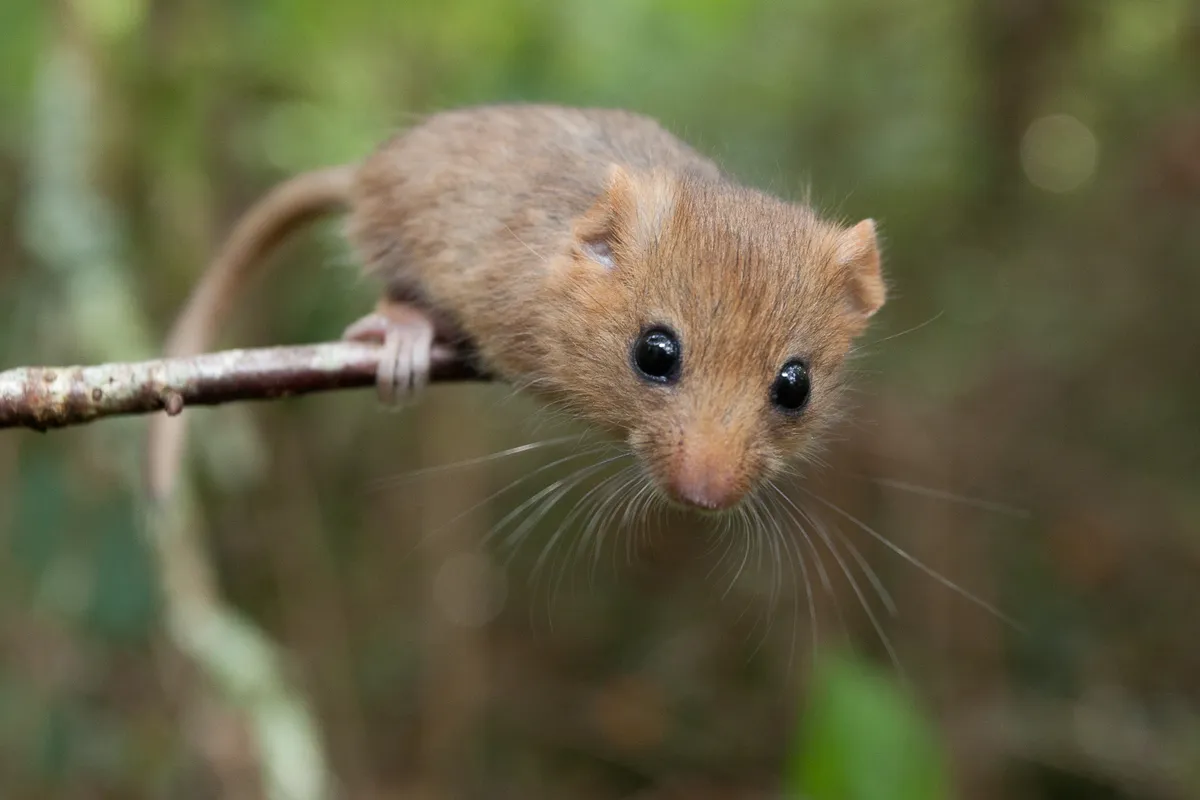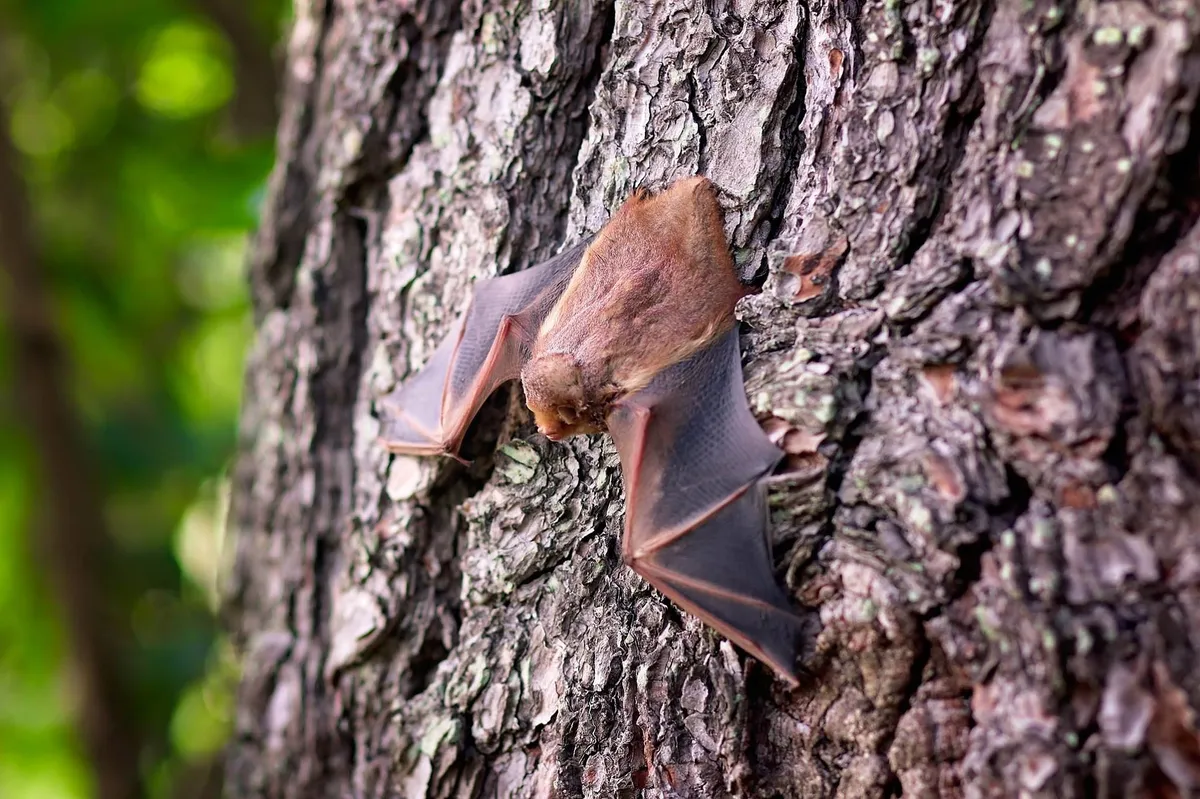Though the threats from climate change and plastic pollution on wildlife have been widely reported, there has been relatively little news discussing the damaging impact that noise pollution can have on animal species.
Now, a study by researchers at Queen’s University Belfast, sheds light on the damage that human-made noise can have on wildlife.
The paper, published in Biology Letters, provides the first quantitative evidence for legislative bodies to regulate noise pollution more effectively.

Over one hundred species were analysed in the study, which were divided into seven groups: amphibians, arthropods, birds, fish, mammals, molluscs, and reptiles.
Noise was found to affect the behaviour of species across each animal group, as the study’s lead author, Dr Handjoerg Kunc from the School of Biological Sciences at Queen’s University Belfast, explains: “The study found clear evidence that noise pollution affects all of the seven groups of species and that the different groups did not differ in their response to noise.”
The World Health Organisation has stated that noise is one of the most hazardous forms of pollution, although it doesn’t harm humans. However many species — such as amphibians, birds, insects, and mammals — rely on acoustic signals for communicating with one another, giving them the means of choosing a mate, or of warning members of their family groups of threats such as predators.

Noise can also inhibit some animals from catching their prey when hunting, such as bats and owls, which rely on sound in order to find prey. This can result in the animals spending more time in sourcing food, limiting their ability to thrive and in turn leading to their decline.
Aquatic life was no exception to terrestrial life, and was equally negatively affected by noise pollution.
Fish larvae, for example, find their home based on the sound emitted by reefs. However noise — which at sea is largely due to the shipping industry — makes it difficult for fish larvae to find suitable reefs, which could reduce their lifespans.
Animal migration is also strongly impacted by human-made noise. Many birds choose to avoid areas that have a heavy noise pollution during their migration, affecting where they will establish long-term homes to raise their young, leading to changes in the distribution of these species. This can have a knock-on effect on ecosystems, as each species forms a crucial part in maintaining the functioning of any one ecosystem.
In highlighting just how damaging noise pollution is to species from all animal groups, threatening the very survival of a large number species, researchers hope that formal measures will be put in place to limit its impact on wildlife, as Dr Kunc explains:
“This large scale quantitative study provides significant evidence that noise pollution must be considered as a serious form of man-made environmental change and pollution, illustrating how it affects so many aquatic and terrestrial species. Noise must be considered as a global pollutant and we need to develop strategies to protect animals from noise for their livelihoods.”
